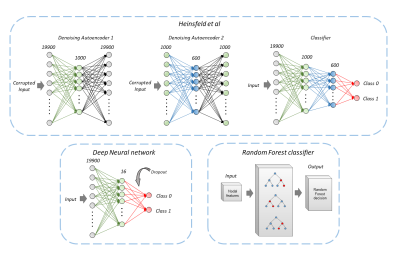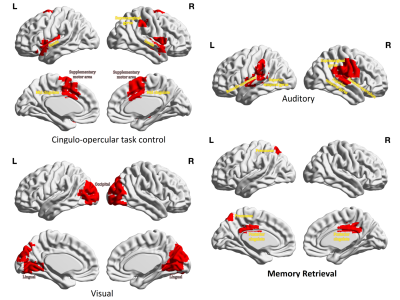Madhura Ingalhalikar1, Sumeet Shinde1, Arnav Karmarkar1, Archith Rajan1, Rangaprakash D2, and Gopikrishna Deshpande3
1Symbiosis Centre for medical image analysis, Symbiosis international university, Pune, India, 2Martinos Center for Biomedical Imaging, Massachusetts General Hospital, Boston, MA, United States, 3Department of Electrical and Computer Engineering, Auburn University, Auburn, AL, United States
1Symbiosis Centre for medical image analysis, Symbiosis international university, Pune, India, 2Martinos Center for Biomedical Imaging, Massachusetts General Hospital, Boston, MA, United States, 3Department of Electrical and Computer Engineering, Auburn University, Auburn, AL, United States
Superior
prediction of Autism on ABIDE dataset is demonstrated as we include
site-harmonization before applying machine learning algorithms. The ablation
analysis provides sub-network based interpretability.

